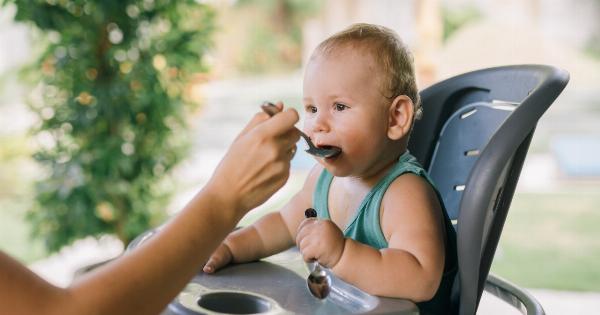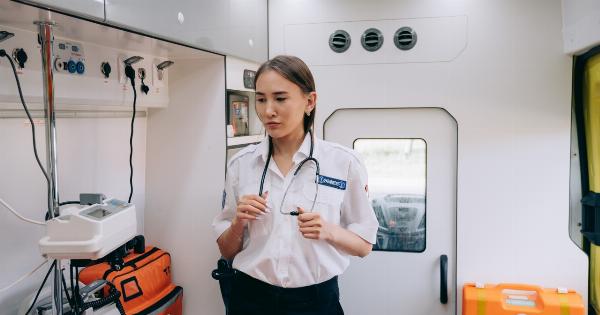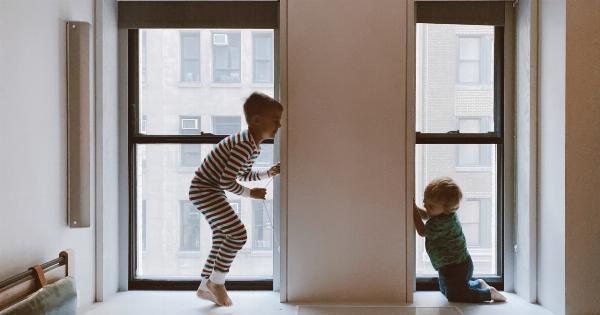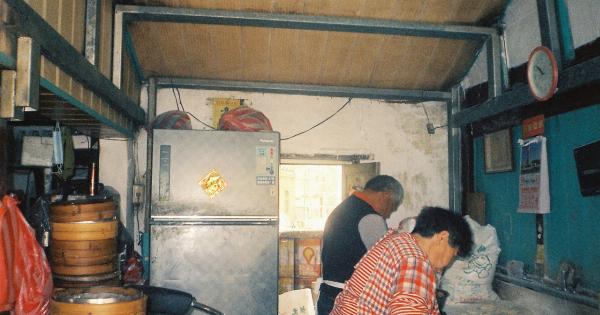Children are curious and adventurous, often engaging in activities that can lead to accidents and injuries.
As parents and caregivers, it is crucial to be prepared for any emergencies that may arise, including instances where a child becomes unconscious. Understanding how to respond in such situations and administering appropriate first aid can be life-saving. This comprehensive guide will provide you with the necessary knowledge and skills to effectively deal with children’s unconsciousness.
Causes of Unconsciousness in Children
Unconsciousness can be caused by various factors in children, including:.
- Head injuries
- Seizures
- Choking or suffocation
- Poisoning
- Allergic reactions
- High fever
- Electrical shock
Recognizing Unconsciousness
It is essential to be able to recognize the signs of unconsciousness in children. Some common indicators include:.
- No response to external stimuli, such as noise or touch
- Abnormal breathing patterns or no breathing at all
- Changes in skin color, such as paleness or bluish tint
- Loss of consciousness during an accident or injury
Immediate Steps to Take
When you encounter an unconscious child, follow these immediate steps:.
Step 1: Ensure Safety
Before approaching the child, ensure your own safety. Remove any potential hazards or dangers from the environment that could cause harm.
Step 2: Assess Responsiveness
Gently tap the child on the shoulder and call their name to assess responsiveness. If there is no response, proceed to the next step.
Step 3: Establish Airway
Lay the child gently on their back and tilt their head slightly backward while supporting the neck. This helps open the airway and facilitates breathing. Make sure not to extend the neck too much to avoid further injuries.
Step 4: Check Breathing
Look for signs of breathing by observing the child’s chest for movement, listening for breath sounds, and feeling for the flow of air on your cheek.
Step 5: Call for Help
If the child is not breathing or there are any signs of life-threatening conditions, such as severe bleeding or unconsciousness after a head injury, call emergency services immediately.
Performing CPR on an Unconscious Child
If the child is not breathing or not breathing normally, you may need to perform cardiopulmonary resuscitation (CPR) until help arrives:.
Step 1: Perform Chest Compressions
Place the heel of one hand on the center of the child’s chest, just below the nipple line, and the other hand on top. Push down about 2 inches at a rate of 100-120 compressions per minute. Allow the chest to rise completely before each compression.
Step 2: Give Rescue Breaths
After 30 compressions, give two rescue breaths. Tilt the child’s head back and lift the chin, then seal your mouth tightly around their mouth and nose. Breathe into their mouth until the chest rises. Repeat this process.
Administering First Aid for Specific Causes of Unconsciousness
Depending on the cause of unconsciousness, specific first aid steps may be necessary:.
Head Injuries
If the child has experienced a head injury, keep their head and neck as still as possible. Apply pressure to any bleeding and cover the wound with a clean cloth or sterile dressing. Avoid moving the child unless absolutely necessary.
Seizures
If a child is having a seizure, gently place them on their side to prevent choking on vomit or saliva. Do not try to stop the seizure or put anything in their mouth. Time the seizure and provide this information to medical professionals if necessary.
Choking or Suffocation
If a child is unconscious due to choking or suffocation, immediately perform the Heimlich maneuver to attempt to dislodge the object. If the child becomes unconscious during the process, start CPR immediately.
Poisoning
If poisoning is suspected, contact a poison control center or emergency services for guidance. Do not induce vomiting unless instructed by medical professionals.
Allergic Reactions
If an allergic reaction causes unconsciousness, administer an epinephrine auto-injector if available and prescribed for the child. Seek immediate medical help.
High Fever
Cool the child’s body by removing excess clothing and using cool water to lower their temperature. Seek medical advice if the fever persists or worsens.
Electrical Shock
If a child is unconscious after an electrical shock, ensure the power source is turned off before approaching them. Begin CPR if necessary and seek medical attention immediately.
Later Steps and Post-Unconsciousness Care
Once medical professionals take over, provide them with essential information such as the child’s medical history, details of the incident, and any first aid administered.
Support the child emotionally and reassure them once they regain consciousness. Follow any post-care instructions provided by healthcare providers.
Conclusion
Unconsciousness in children can be a frightening experience for caregivers, but with the right knowledge and prompt action, lives can be saved.
By following the steps outlined in this guide and remaining calm during emergencies, you can effectively provide first aid and ensure the well-being of a child until professional medical help arrives.





























